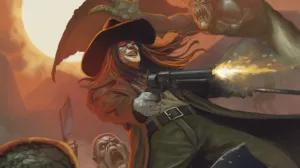Batman is the most popular superhero of them all, and has been for decades. The Dark Knight draws upon multiple tropes from various genres of fiction and combines them all into superhero lore. The concept of Batman has proven to be rich in potential, as fans have experienced every type of story imaginable starring the Caped Crusader. His comics have been going strong for nearly a 100 years now, and in those decades we’ve seen some major ups and downs. We’ve gotten some of the greatest comics of all time from Batman and been introduced to characters that have changed pop culture.
Videos by ComicBook.com
That all said, Batman comics have changed a lot since the character first showed up in 1939. Over the years, multiple new dimensions of lore and character have been added to Batman comics, and made them better than ever. Here are 10 examples of moments or developments that changed the Batman comics for the better, making them true milestone events.
10) The 1966 Batman TV Show
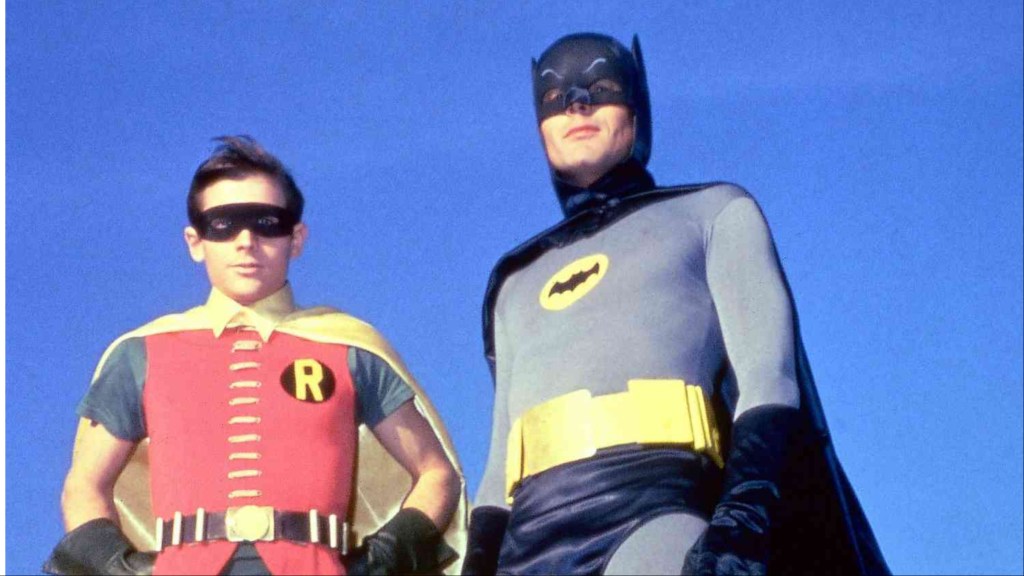
Batman was one of the first superheroes to make his way out of the pages of comic books, starring in movie serials in the ’40s, and eventually a 1966 live-action TV show, Batman. Starring Adam West as Batman and Burt Ward as Robin, this show made kids love Batman and led many of them to the newsstands to buy Batman comics. The comics changed their tone to fit the show, and it led to Batman becoming the bestselling comic.
Batman stayed on TV for decades thanks to syndication, and served as a lot of people’s first introduction to Batman stories. It helped make Batman into a superstar.
9) Batman’s Amazing Villains
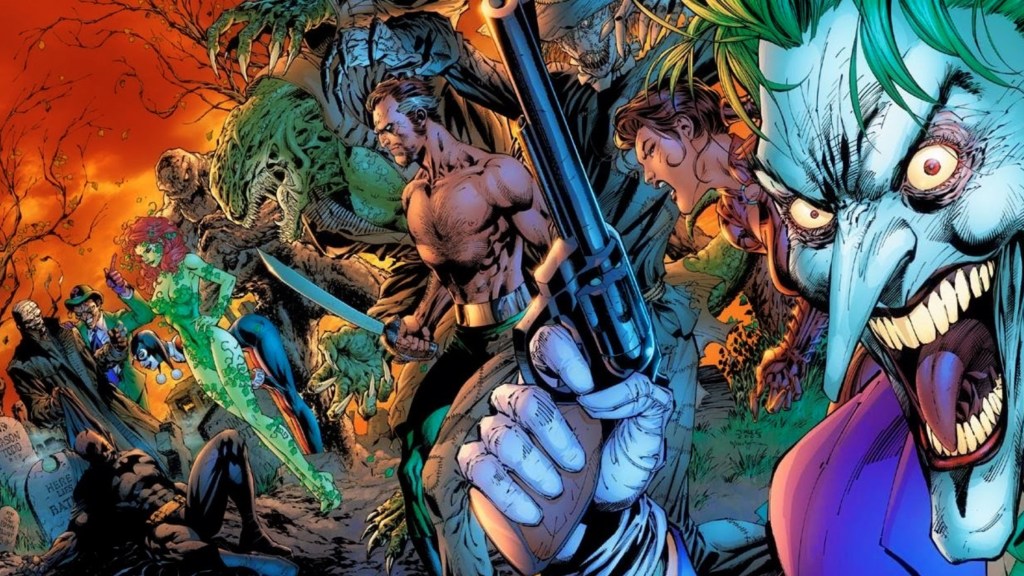
Batman has some of the greatest villains in comics, and those villains have played a huge role in his popularity. Over the years, Batman’s villains have become the best parts of the comics, and he best ones have been fleshed out to an extent that even many heroes aren’t, sometimes becoming just as legendary as Batman (ex: The Joker).
Villains like Catwoman, Harley Quinn, and Poison Ivy have all become superstars apart from Batman, while Two-Face, the Penguin, Mister Freeze, Bane, and more have all become household names. The Batman comics wouldn’t be the same without the great villains, and they’ve allowed the books to grow to such great heights.
8) Grant Morrison’s Batman Run

Grant Morrison is one of the greatest superhero writers of all time, and their run on Batman has earned its place among the best superhero comic runs ever. Morrison proved it with work like Arkham Asylum: A Serious House on Serious Earth, “Gothic”, and their work with Batman on JLA. That work was so acclaimed that eventually, DC let Morrison write the main Batman comic.
Morrison’s work on Batman #655-683, #700-702, Batman and Robin #1-16, Batman: The Return of Bruce Wayne #1-6, Batman Incorporated (Vol. 1) #1-8, and Batman Incorporated (Vol. 2) #0-13 is an essential character omnibus every fan should own. They wrote a three-act Batman epic, introducing Damian Wayne, seeing Dick Grayson become Batman, and Batman expanding the mantle internationally. It’s brilliant, and some of the best Batman lore ever. Even the wilder elements Morrison introduced (like whole new lore about Batman’s “Zur-En-Arrh” persona) are still shaping Batman stories in the 2020s.
7) Scott Snyder & Greg Capullo Run
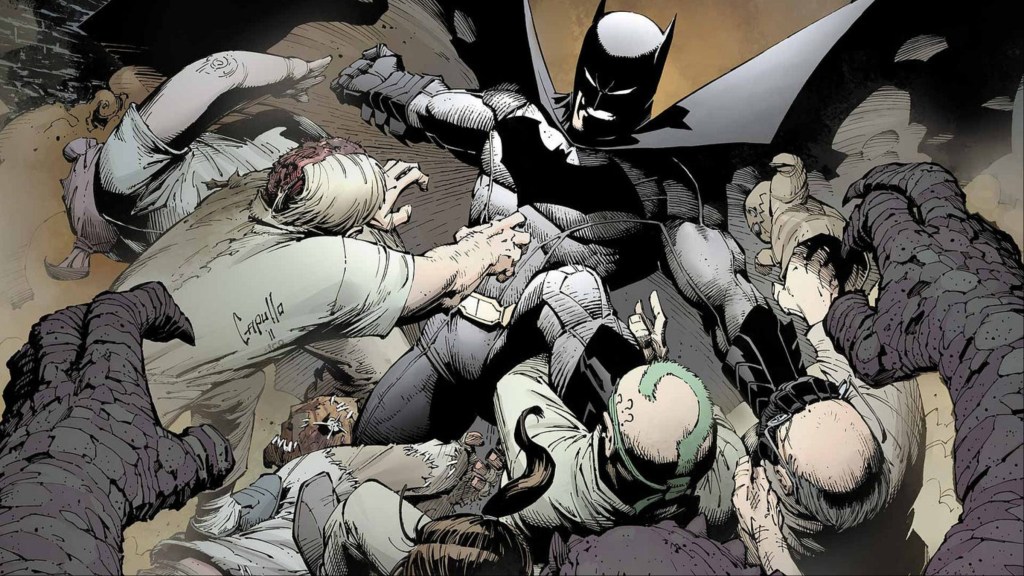
The New 52 changed DC Comics for years to come, but it wasn’t exactly a long-term success. Most fans don’t look back on the New 52 comics with much love, except for Batman (Vol. 2). Running for 52 issues, this book was from creators Scott Snyder and Greg Capullo, and the two of them pulled out all the stops, introducing new factors to Batman and his world.
Snyder and Capullo made an excellent team, giving readers epic arcs like “The Court of Owls”, “Death of the Family”, “Endgame”, “Year Zero”, “Superheavy”, and more. Their Batman run has set the tone for every run that’s come after, and it broadened the Batman mythos beautifully.
6) The Dark Knight Returns
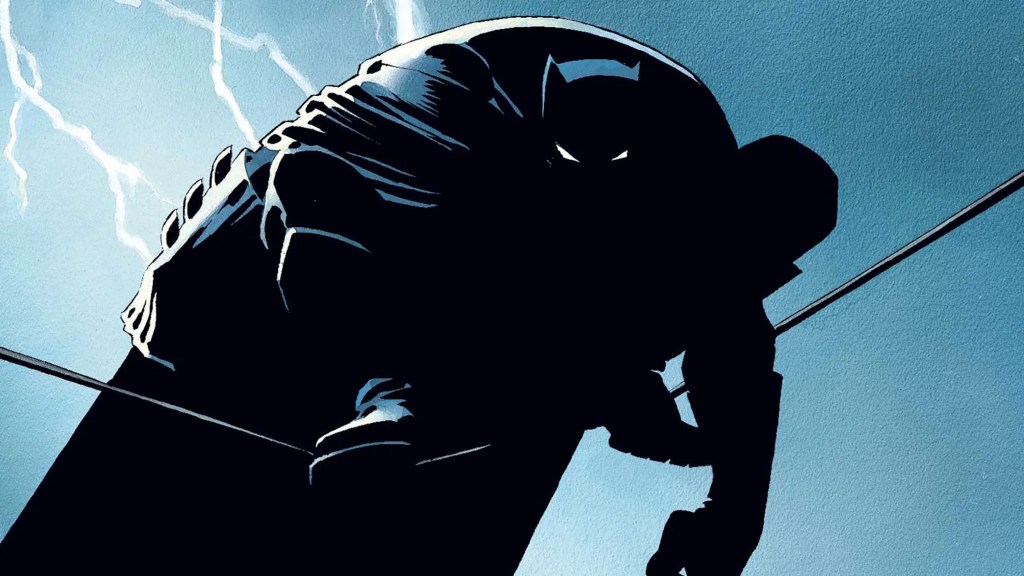
The Dark Knight Returns changed Batman comics forever. Frank Miller’s four-issue miniseries took readers to a future where a retired Bruce Wayne puts the cowl back on to save a crime-consumed Gotham City, having to deal with a new world. Many people give The Dark Knight Returns credit for bringing mature storytelling back to Batman for the first time since the 1966 TV show.
That’s not exactly true (as we’ll talk about later), but Miller did bring a sense of gravitas to Batman comics that had been missing. The Dark Knight Returns played a big role in maturing the comic medium at just the right time, and it’s gone down as one of the greatest comics of all time.
5) The Bat-Family
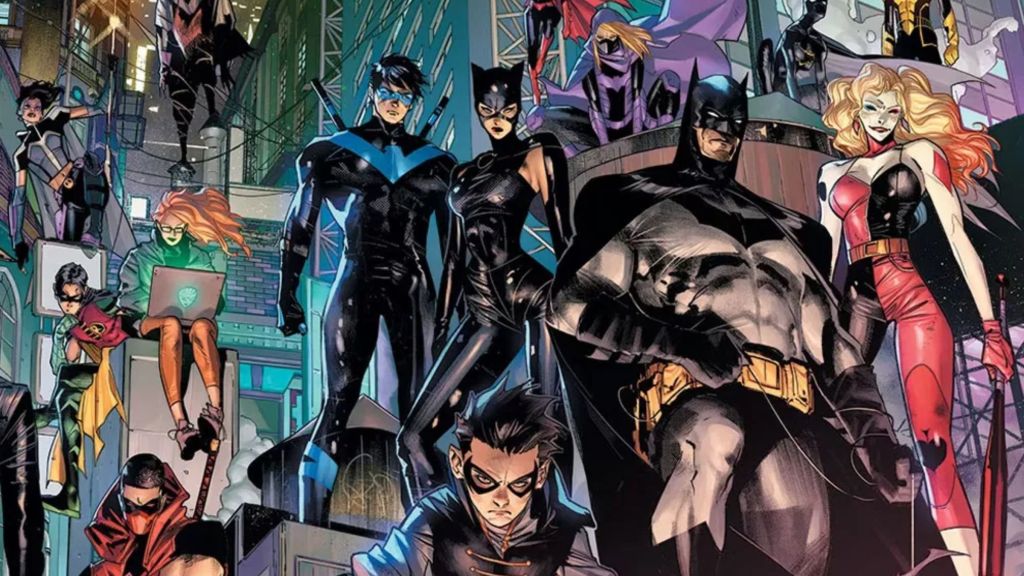
Batman is a great character, but seeing him on his own can get a little tiring. There’s only so much Batman you can take. That’s why the Bat-Family has become such an important part of the Batman comics.
While there was always something of a Bat-Family when one takes Alfred and Dick Grayson into account, it wouldn’t be until the modern day that we’d get the small army of superheroes we now know as the Bat-Family. The Bat-Family allows readers to look at Batman in a different way and see how other people deal with Batman’s mission. They are integral to the success of Batman, and DC has ridden them to the bank, with characters like Nightwing, Red Hood, Catwoman, Harley Quinn, Batgirl, Batwoman, the various Robins, Azrael, and others all getting their own comics.
4) Bronze Age Maturation of Batman

Batman (1966) was very popular and brought a lot of fans to the comics, but it also began to hurt the comic industry. People thought that Batman stories were just simple comedic fare, and that needed to change.
As the 1970s dawned, creators Denny O’Neil and Neal Adams brought darkness back to the Batman comics. Their work with the character was still recognizable to fans, but it took the character’s world away from the campiness that the TV show had inspired. O’Neil and Adams made a ‘serious Batman’ cool again. Later in the ’70s, Steve Englehart and Marshall Rogers would team up on Detective Comics for more serious Batman runs, which were fantastic. These Bronze Age Batman comics changed Batman and led to what we have now.
3) The Joker
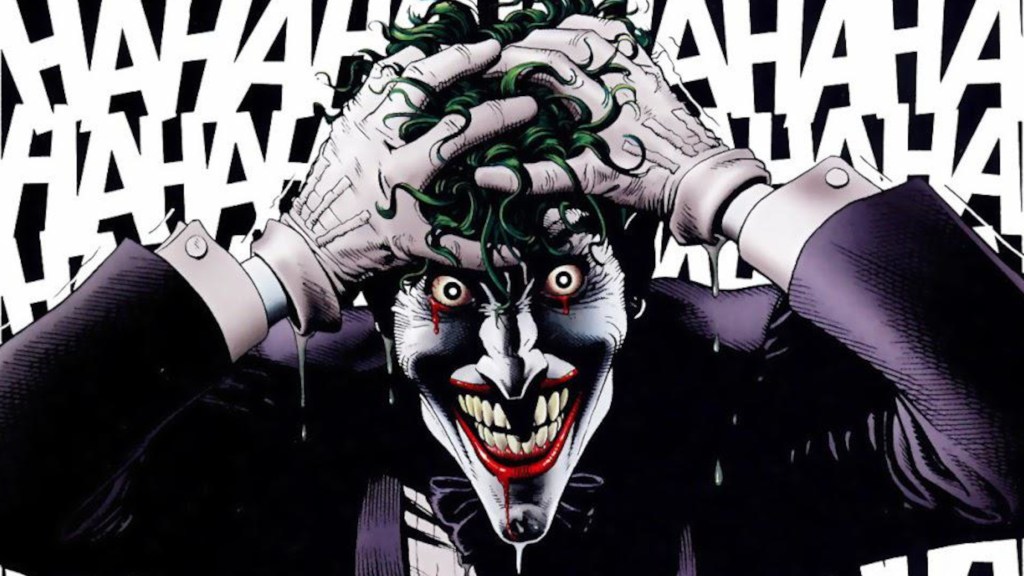
The Joker is the greatest Batman villain of them all and has been integral to the success of the Batman comics. The Joker started out like all of the other gimmicky Batman villains, but there was something about the character that made him popular. Over the years, the Joker has changed numerous times, and this mutability has kept the character as vital as Batman.
The Joker is easily the most popular comic book villain of all time: a mysterious monster that creators from across the worlds of entertainment have transformed into something special. It’s impossible to think of the Batman comics without the Joker, and he’s become a huge factor in the success of the Dark Knight.
2) Robin
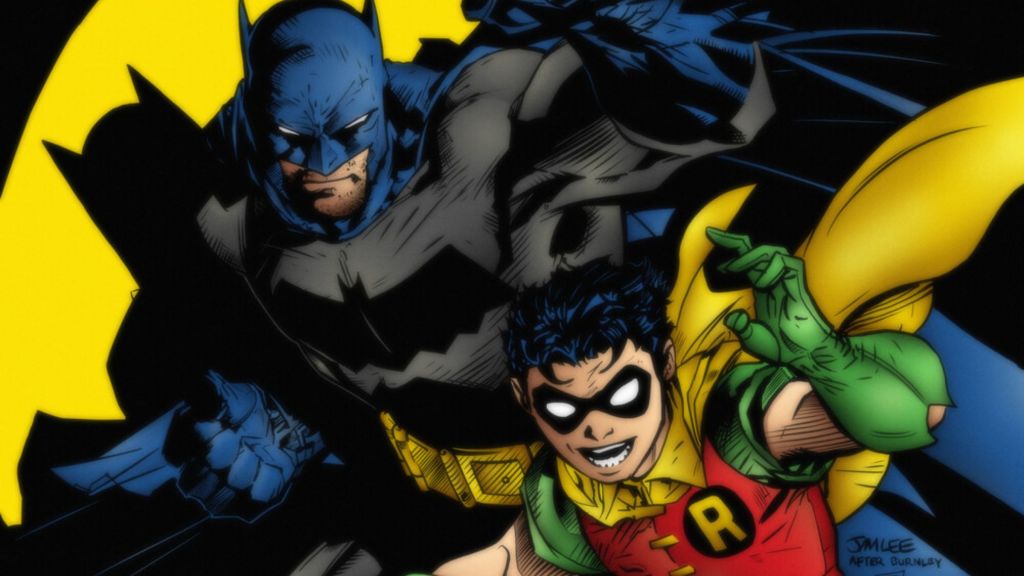
Robin has been a part of the Batman mythos since 1940 and has become one of the most important parts. Dick Grayson changed comics forever, bringing the kid sidekick to the superhero medium and making young superheroes popular. Since then, there have been numerous Robins, and each of them has had their ups and downs.
Robin brought much-needed light and color to Batman’s life, and since then, we’ve gotten many Robins, each one different and entertaining. Robin was the first major expansion of the Batman mythos, and showed that there was more to Batman than just one man fighting evil. Robin added the concept of family to the Batman books and allowed them to become more relatable to younger fans.
1) Bill Finger
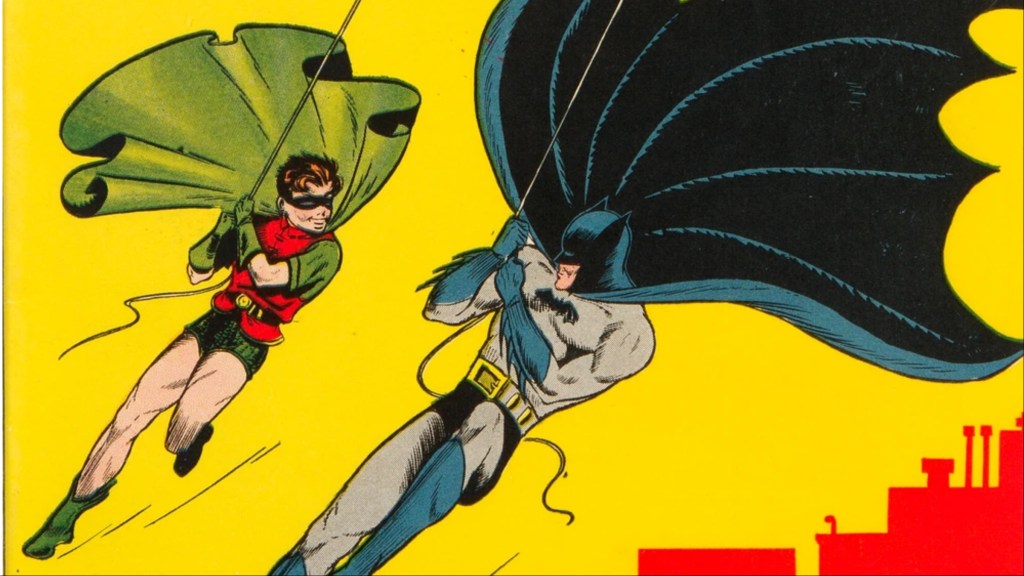
Bob Kane “created” Batman, but without Bill Finger, we wouldn’t have the character we have today. Finger took the basics of Kane’s idea for the vigilante and added everything great to it. Finger was the most important creator in the early days of Batman (along with Jerry Robinson). Most of the characters and ideas that you love in the early Batman mythos come from Finger.
Kane did his best to downplay the role of Finger and others, but recent years have seen that change, as Finger’s contributions to Batman have become more well-known. Bill Finger is the most important factor in the success of the Batman comics, and his work still resonates almost a 100 years later.
What do you think? Leave a comment in the comment section below and join the conversation on the ComicBook Forums!





